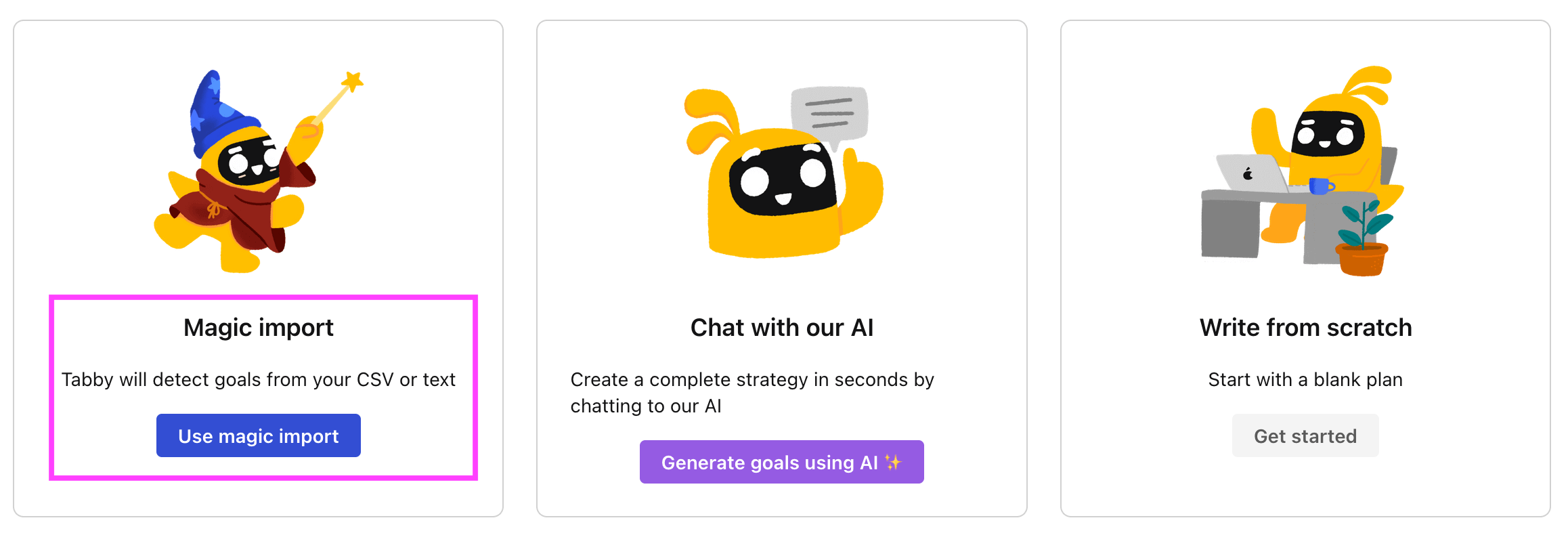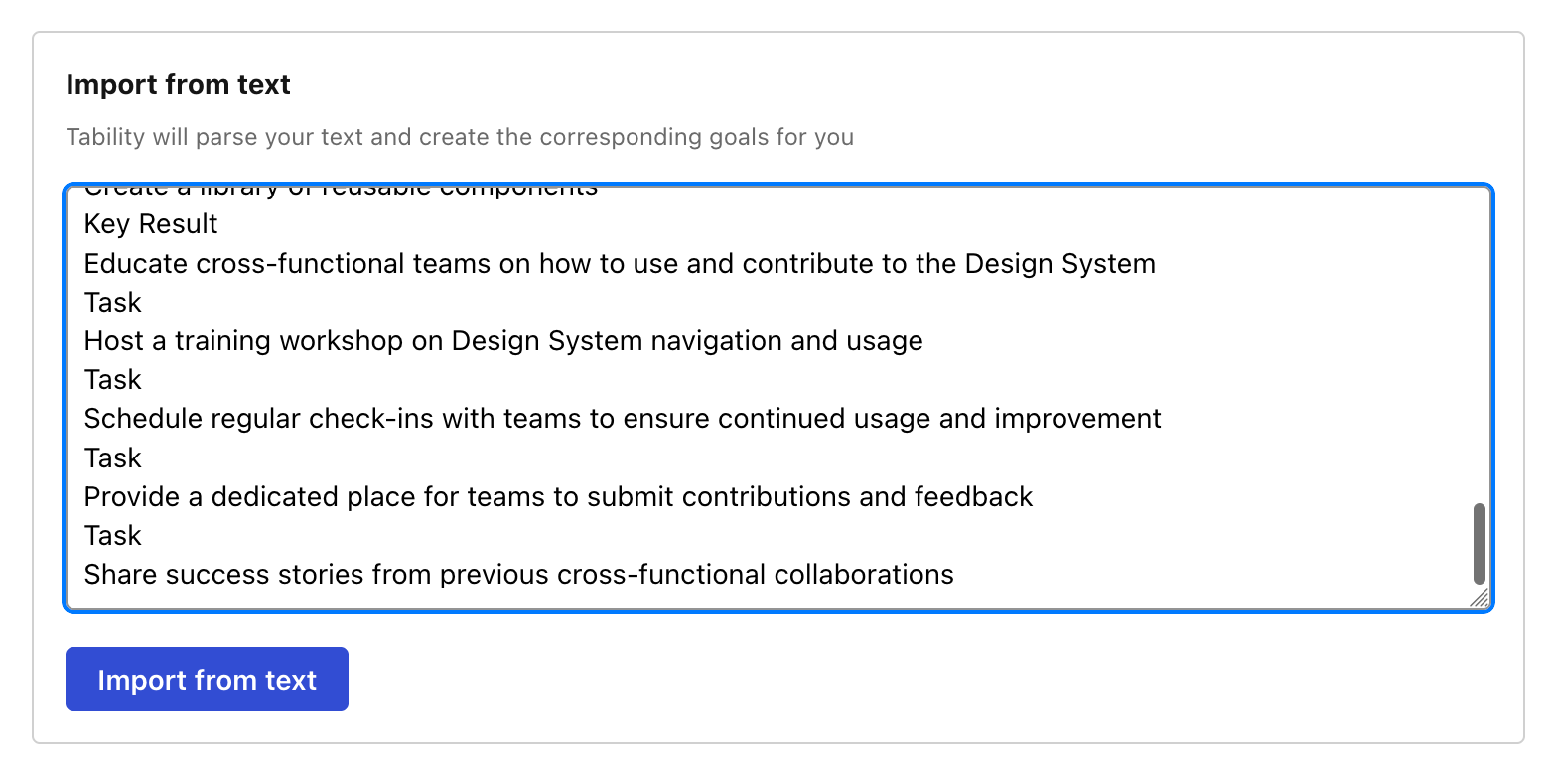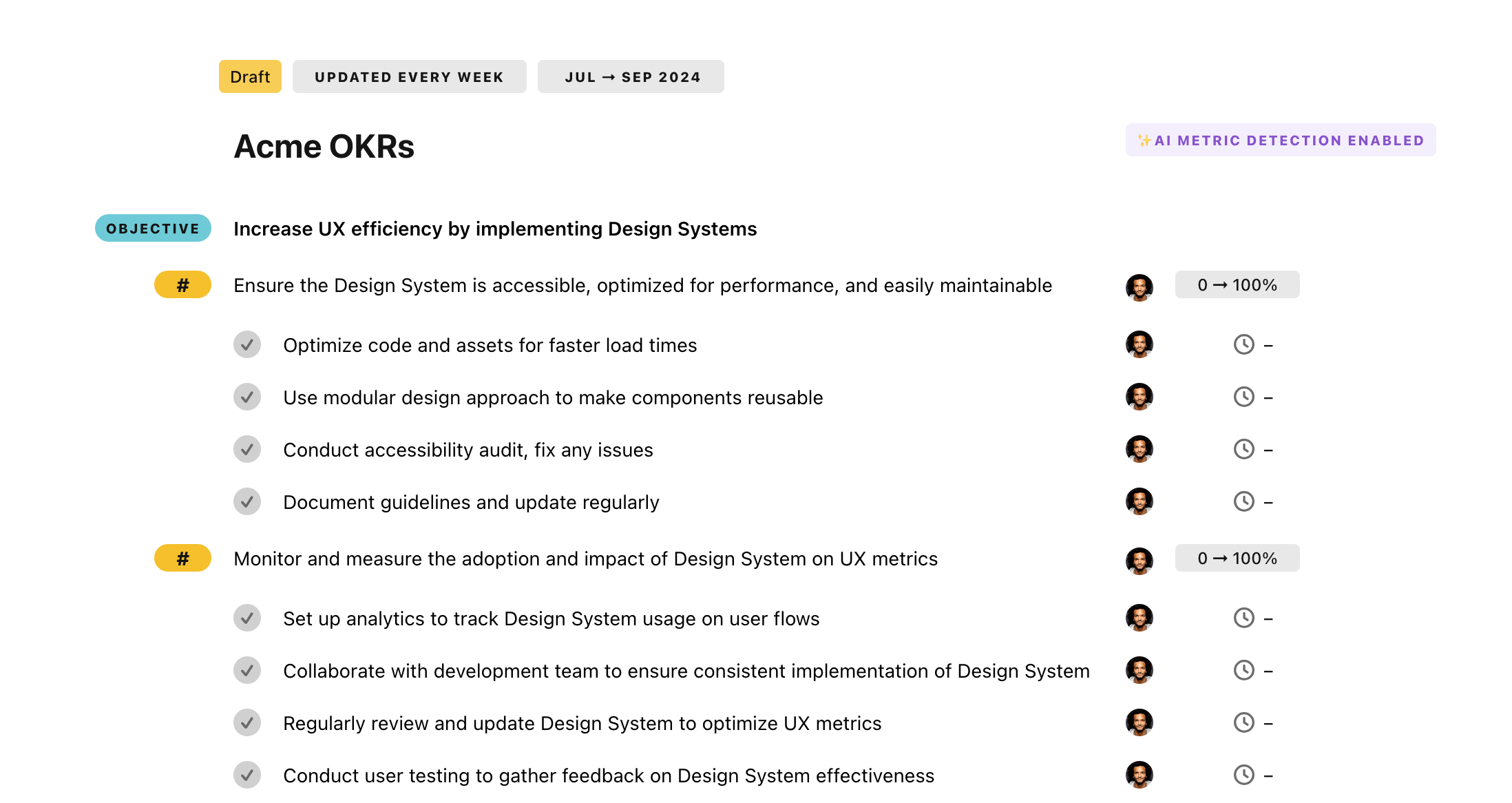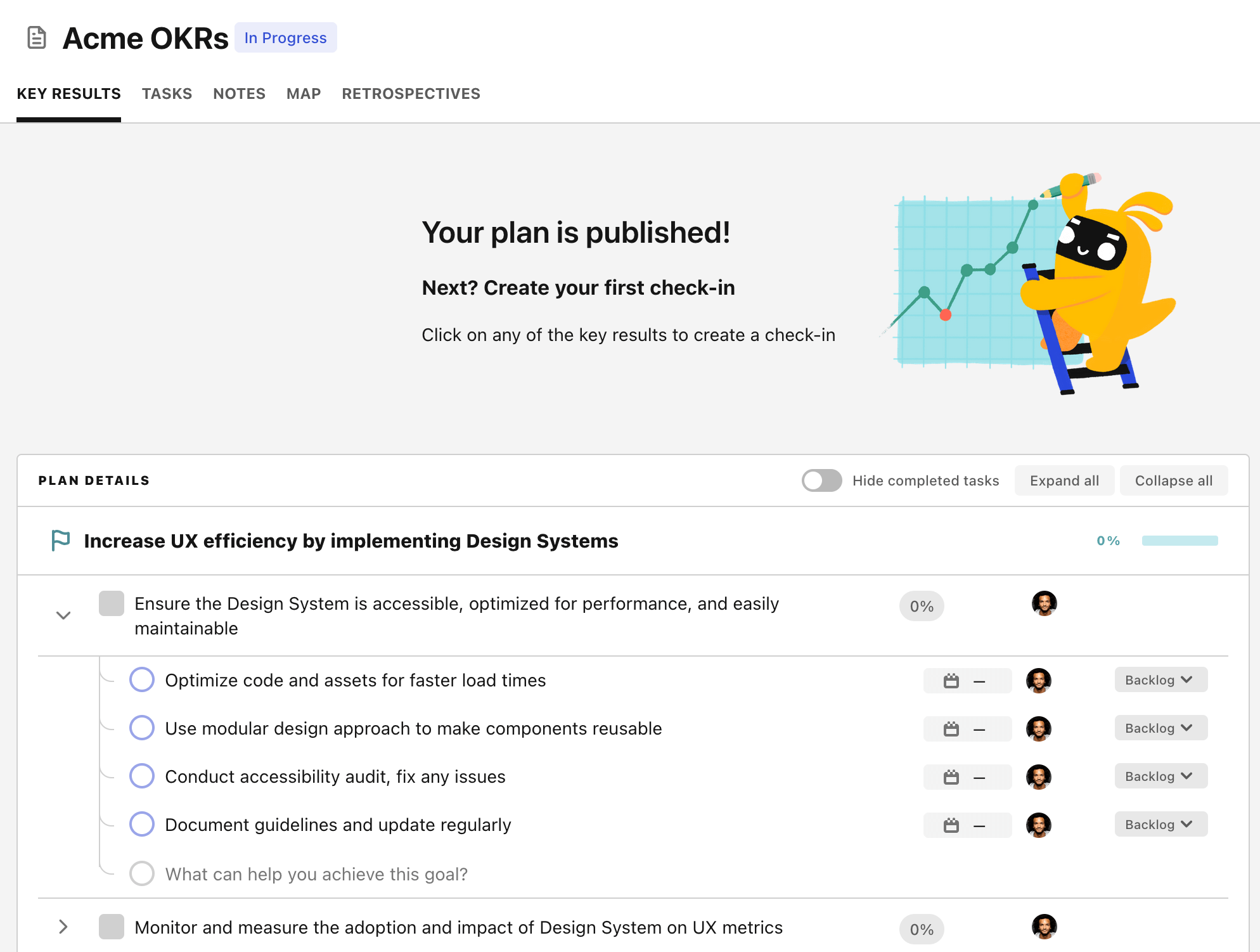OKR template to develop a user-centric and efficient OKR software
Your OKR template
Another aspect involves designing an interactive user interface for 100% usability. Initiatives for this include usability testing, drafting initial interface design concepts, and keeping up with modern trends in user interface design. These initiatives are geared towards making the software user-friendly and efficient.
The OKR also emphasizes acquiring 100 beta testers for feedback and improvement of the software. This would be pursued through sending invites to targeted user email lists, promoting the beta version on social media and designing an attractive beta testing sign-up webpage.
In strengthening the user centricity of the software, steps would be utilized to ensure it is designed and developed with user need in mind. Both the implementation of the software and the satisfaction of beta testers would be addressed, as this is key to the software's acceptance and usage.
ObjectiveDevelop a user-centric and efficient OKR software
KREnsure 95% defect-free code in all functionalities
Integrate continuous integration/delivery pipeline
Adopt comprehensive unit testing in all functionalities
Implement thorough code reviews before deployment
KRDesign interactive user interface for 100% usability
Perform usability testing and modify as needed
Draft initial interface design concepts
Research current trends in user interface design
KRAcquire 100 beta testers for feedback and improvement
Send invites to targeted user email lists
Promote the beta version through social media
Create an attractive beta testing sign-up webpage
How to edit and track OKRs with Tability
You'll probably want to edit the examples in this post, and Tability is the perfect tool for it.
Tability is an AI-powered platform that helps teams set better goals, monitor execution, and get help to achieve their objectives faster.
With Tability you can:
- Use AI to draft a complete set of OKRs in seconds
- Connect your OKRs and team goals to your project
- Automate reporting with integrations and built-in dashboard
Instead of having to copy the content of the OKR examples in a doc or spreadsheet, you can use Tability’s magic importer to start using any of the examples in this page.
The import process can be done in seconds, allowing you to edit OKRs directly in a platform that knows how to manage and track goals.
Step 1. Sign up for a free Tability account
Go tohttps://tability.app/signup and create your account (it's free!)
Step 2. Create a plan
Follow the steps after your onboarding to create your first plan, you should get to a page that looks like the picture below.

Step 3. Use the magic importer
Click on Use magic import to open up the Magic Import modal.
Now, go back to the OKR examples, and click on Copy on the example that you’d like to use.

Paste the content in the text import section. Don’t worry about the formatting, Tability’s AI will be able to parse it!

Now, just click on Import from text and let the magic happen.

Once your example is in the plan editor, you will be able to:
- Edit the objectives, key results, and tasks
- Click on the target 0 → 100% to set better target
- Use the tips and the AI to refine your goals
Step 4. Publish your plan
Once you’re done editing, you can publish your plan to switch to the goal-tracking mode.

From there you will have access to all the features that will help you and your team save hours with OKR reporting.
- 10+ built-in dashboards to visualise progress on your goals
- Weekly reminders, data connectors, and smart notifications
- 9 views to map OKRs to strategic projects
- Strategy map to align teams at scale